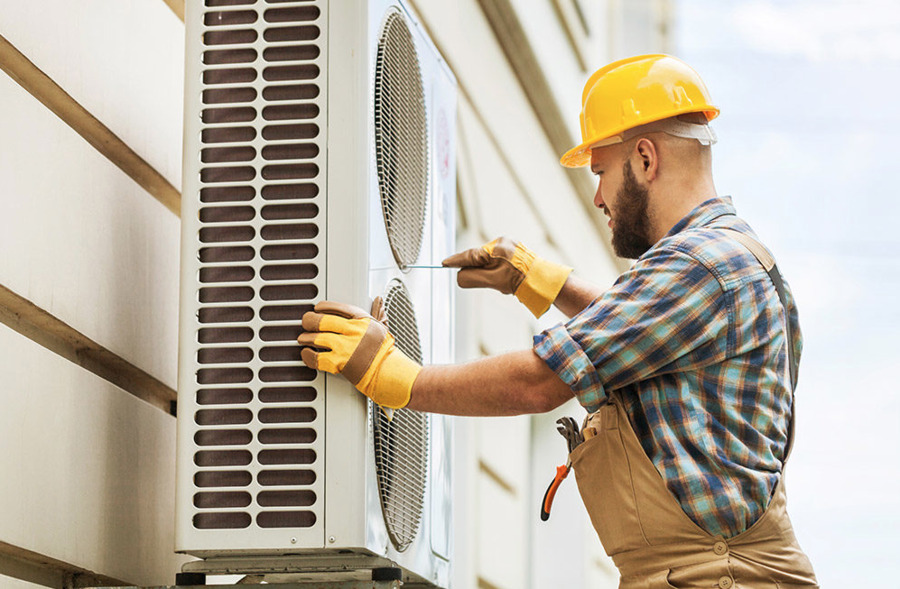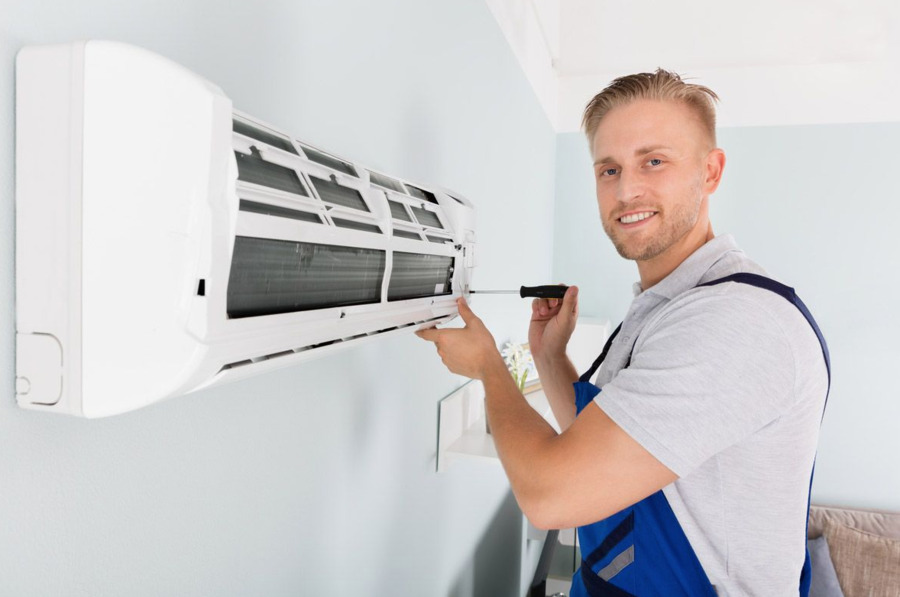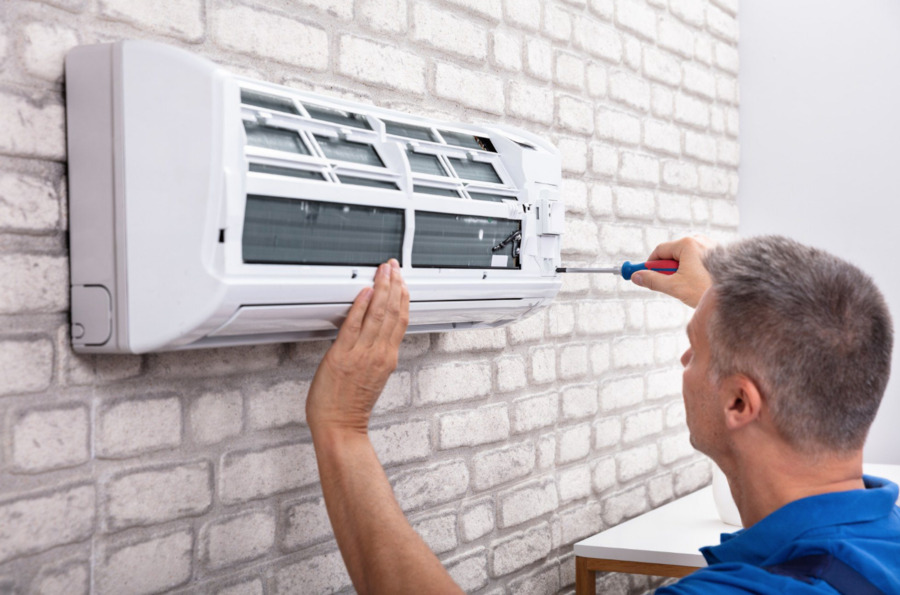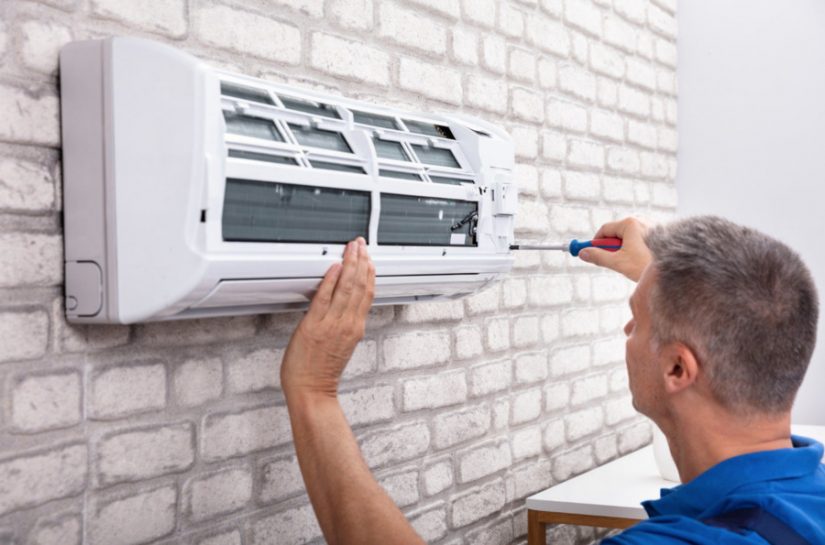The Evolution of Cool: A Journey Through Air Conditioning and the Role of AC Maintenance in Dubai
From luxury mansions to swanky rental cars, air conditioning is woven into the very fabric of modern life—especially in a city like Dubai. Imagine the scorching 45C desert heat bearing down on the town, and then picture the sweet relief of stepping into a perfectly cooled space. The development of air conditioning has enabled this transition from oppressive heat to complete comfort. The true difficulty, though, is maintaining these systems at optimal performance. Therefore, working with a trustworthy AC maintenance company in Dubai is critical.
To keep you cool when it matters most, this article will go over the intriguing history of air conditioning, how it has affected modern living, and how important professional AC maintenance services in Dubai are.
Page Content
The History of Air Conditioning: From Ancient Roots to Modern Wonders
Cultures had begun experimenting with cooling methods before modern technology was created. The ancient Egyptians and Romans used aqueducts and jars filled with water to cool their homes. However, the first air conditioners appeared in 2000.
Willis Carrier created the first air conditioning system in 1902 to regulate humidity in the printing business. His creation transformed the industries of food preservation, printing, and medicine. Air conditioning eventually appeared in automobiles, businesses, residences, and offices. By the middle of the 20th century, air conditioning had come to represent modern luxury and comfort.
Fast-forward to today, and air conditioning is no longer a luxury—it’s necessary, particularly in extreme climates like Dubai’s. But while AC units have become more sophisticated, so have the demands on their upkeep.

The Role of Air Conditioning in Dubai’s Urban Landscape
In a city like Dubai, where temperatures soar well into the 40s during the summer months, air conditioning systems aren’t just cooling devices—they are life support systems. Given their frequency, it should be no surprise that they need routine maintenance to continue operating at their best.
Energy Use
According to the Dubai Electricity and Water Authority (DEWA), nearly 70% of the city’s summertime energy usage is attributed to cooling systems. Ineffective or badly maintained systems largely influence this number.
Quality of the Air
If an air conditioner isn’t cleaned or maintained regularly, it might harbor mold, allergies, and germs. Urban settings are becoming increasingly concerned about indoor air quality, and routine maintenance guarantees that the air you breathe is cool and clean.
With Dubai’s rapid urbanization and the increasing demand for energy-efficient buildings, the role of AC Maintenance companies in Dubai has become even more vital.
The Unspoken Costs of Inadequate AC Repair
The most expensive part of air conditioning is not the equipment itself but the cost of neglect. An air conditioner that is not properly maintained may have frequent problems, excessive energy expenditures, or even system failure. The result was discomfort, annoyance, and costly repairs.
Consider these facts:
–>A U.S. Department of Energy study revealed that regular AC maintenance could improve efficiency by up to 15%.
–>The same study indicated that neglecting maintenance could shorten the lifespan of an AC system by as much as 40%.
In Dubai, where AC systems are constantly used, these statistics translate directly into higher operational costs and reduced comfort. That’s why regular maintenance, carried out by experts, is not just recommended—it’s essential.
What Does Professional AC Maintenance Involve?
So, what exactly happens during an AC maintenance check? Whether you’re a homeowner, a business owner, or even managing a fleet of rental properties, a comprehensive AC service will typically involve the following:
Cleaning and Replacing Filters
Your system may have to work harder if dirty or clogged filters block airflow. Regular filter cleaning or replacement guarantees maximum effectiveness and air quality.
Cleaning Coils
Over time, dirt and debris may build up on the AC’s coils, reducing their ability to absorb and release heat. Nevertheless, regular cleaning ensures that these coils continue to work effectively.
Check for Refrigerant
Low refrigerant levels reduce your system’s cooling capacity. After checking for leakage, technicians will ensure your air conditioner has the proper amount of refrigerant.
Thermostat Modification
If your thermostat isn’t working correctly, your system may not maintain the optimal temperature. A professional will recalibrate your thermostat to guarantee precise readings and optimum performance.
Electrical Component Inspection
Loose or worn-out electrical connections may malfunction or even catch fire. To guarantee safe operation, technicians will check and tighten any loose connections.
Every one of these actions is essential to preserving the longevity and effectiveness of your air conditioner, particularly in a demanding setting like Dubai.

The Future of Air Conditioning: Innovation and Sustainability
The air conditioning industry is changing due to the growing emphasis on sustainability worldwide. Energy-efficient systems, intelligent thermostats, and eco-friendly refrigerants are some of the upcoming developments in air conditioning. With its extensive green building projects, Dubai is at the forefront of these advances.
For example, DEWA has started several projects to lower the city’s carbon footprint, many of which have concentrated on increasing the cooling system’s efficiency. These programs contribute to lower energy usage and highlight routine maintenance as important to reaching sustainability objectives.
Conclusion: Keep Cool, Stay Smart
Air conditioning has advanced from its modest origins to become an essential component of contemporary life, especially in a city like Dubai. Comfort comes with responsibilities. A reputable AC maintenance company in Dubai will perform routine maintenance to ensure your system operates smoothly, efficiently, and sustainably.
Proactive upkeep is essential to staying cool and comfortable throughout the year. Rather than waiting for the summer heat, schedule your AC maintenance to keep your business cool or maintain your home’s air conditioning system.
Surfer, traveler, DJ, Bauhaus fan and doodler. Operating at the junction of beauty and mathematics to create not just a logo, but a feeling. Nothing ventured, nothing gained.

